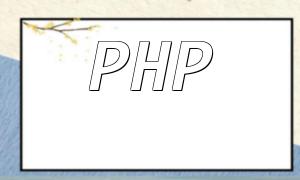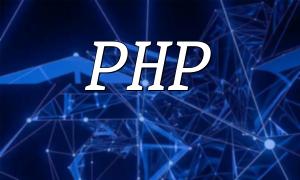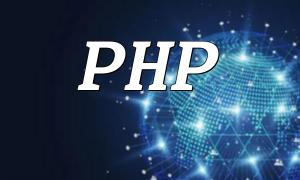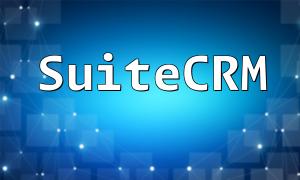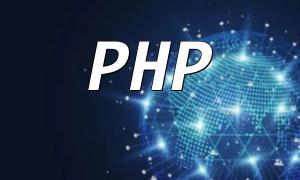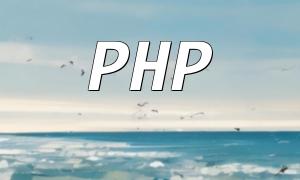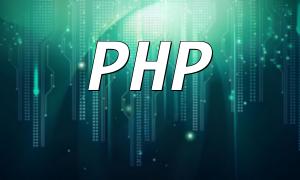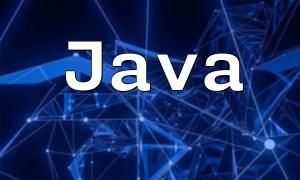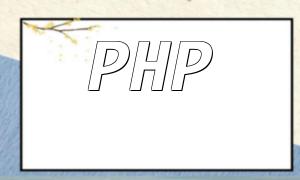With the rapid development of the internet, network security has become increasingly important. Cross-Site Scripting (XSS) is one of the most common types of cyberattacks that pose a serious threat to website security. This article explores the principles of XSS attacks in PHP and CGI programming environments and presents several practical protection measures along with example code.
XSS attacks occur when an attacker injects malicious script code into web pages, causing it to execute in the visitor’s browser, which can steal sensitive information or alter webpage content. There are mainly three types of XSS attacks: stored, reflected, and DOM-based.
Implementing effective defense strategies is crucial to safeguard websites against these threats.
User input is often the main entry point for XSS attacks, so it must be strictly filtered and validated.
// PHP filter special characters
function filter_input($input) {
return htmlspecialchars($input, ENT_QUOTES, 'UTF-8');
}
// PHP validate input length
function validate_input($input, $min_len, $max_len) {
$input_len = mb_strlen($input, 'UTF-8');
if ($input_len < $min_len || $input_len > $max_len) {
return false;
}
return true;
}
sub filter_input {
my ($input) = @_;
$input =~ s/</</g;
$input =~ s/>/>/g;
$input =~ s/'/'/g;
$input =~ s/"/"/g;
return $input;
}
sub validate_input {
my ($input, $min_len, $max_len) = @_;
my $input_len = length($input);
if ($input_len < $min_len || $input_len > $max_len) {
return 0;
}
return 1;
}
In addition to filtering input, encoding output is essential to prevent execution of malicious scripts.
// PHP output encoding
function output_encode($output) {
return htmlspecialchars($output, ENT_QUOTES, 'UTF-8');
}
sub output_encode {
my ($output) = @_;
$output =~ s/</</g;
$output =~ s/>/>/g;
$output =~ s/'/'/g;
$output =~ s/"/"/g;
return $output;
}
Configuring HTTP headers such as Content-Security-Policy helps restrict the sources of content loaded by web pages and reduces the risk of XSS.
// PHP set Content-Security-Policy header
header("Content-Security-Policy: default-src 'self'; script-src 'self' 'unsafe-inline'");
# CGI set Content-Security-Policy header
print "Content-Security-Policy: default-src 'self'; script-src 'self' 'unsafe-inline'";
Using secure session management techniques prevents session hijacking and fixation, improving overall security.
// PHP secure session settings
session_set_cookie_params(0, '/', '', true, true);
session_regenerate_id();
Server-side firewalls that restrict access to sensitive ports can greatly reduce the chance of attack.
XSS attacks are common threats in today's internet environment. By combining input filtering and validation, output encoding, secure HTTP header configuration, robust session management, and server firewall protection, websites can effectively minimize the risk of XSS attacks and protect user data. Developers should stay updated with security best practices to maintain application robustness.
This article provides a detailed overview of XSS prevention strategies and implementations in PHP and CGI, aiming to assist you in building more secure web applications.
